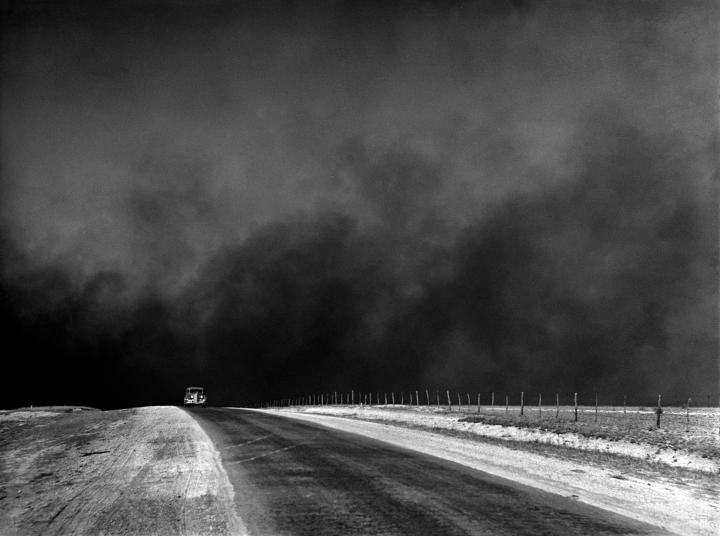
The heat wave of July 1936 was record-setting and dangerous—so hopefully this summer is much cooler.
Wild Weather Anniversary: Record-Breaking Summer
ADVERTISEMENT
Word of the day Global warming. Our planets climate is always changing. Nothing new our politicians taking advantage of hard-working people.
Must have been the inspiration for the hit song "Heatwave.'
In 1924, southwest Louisiana suffered one of the worst droughts in years, experts say since 1896. According to published reports dated October 4, 1924, the last rainfall had been more than four months earlier; and it caused numerous farmers to lose their crops. Pastures were unfit for grazing, which caused many animals to perish. The drought was so severe in certain areas of the state the ground had gigantic cracks and massive gaping holes, large enough for a person to fall into. On September 13, 1924, a farmer in Gueydan, a small farming community in southwest Louisiana, reported one of his cows tripped and broke its leg when it stepped into one of the many huge gaps.
Numerous fires were breaking out in virtually every part of the state due to the high temperatures coupled with the extreme drought. The heat and drought was also blamed for the devastating loss of scores of fish found floating in canals and marshy areas.
And....global warming is done new!?! Only thing new is WAY too many people. Too many to feed, eat and house.
It just goes to show global warming is a hoax to steal our money and give it to rich folks who couldn't care less about the common man.
Of course! Some people will find a way to turn any subject into a political debate. I have a hangnail. Blame the government!
It's good to know the weather has always been wacky!
For those who surely must be wondering:
$11 in 1935 is the equivalent of $228.87 today.
$17.28 in 1936 is $349.11 today.
Were we in climate change back in 1936 from all that oil and gas we were using?









